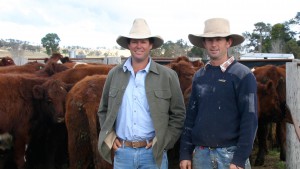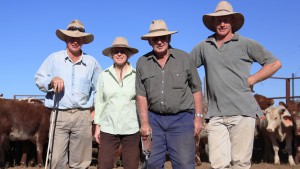Our job as seedstock producers is to constantly achieve a profitable bottom line for our clients. Our breeding philosophy is simplistic – fertility and weight for age – the two biggest profit drivers. In last years newsletter we spoke about the profitability of fertility, increasing live calf percentages and the ‘cow factory’. This year we will talk about the impact a sire has on your herd.
The purchase of a sire is a major investment, both financially and in terms of the genetic contribution he will have on your herd. A bull contributes 50 percent of his genetic material to each calf but the number of calves he sires dramatically increases the magnitude of a bull’s contribution to your herd. The Beef CRC estimates that 80 to 85 percent of genetic improvement in a herd comes from bull selection. A bull kept for five years has the potential to sire anywhere from 100 to 300 calves with his female progeny being kept for anywhere up to 10 years. Therefore, a bull’s direct influence on a beef enterprise would last 15 years.
Determining priorities and breeding objectives is important to accomplish long term profitability and to assist with bull selec- tion. Random selection of bulls will result in random produc- tion and progeny results. Begin by assessing your females and identifying their strengths and weaknesses and deter- mine your breeding objectives using a balanced approach to trait selection. The more things you try and select for, the less genetic progress you will make.
Identify a bloodlines that will take you in the direction of your goals. Choose your bulls from an operation like yours or like you would like yours to be and then choose a bull that excels in the traits you want in your herd.
In genetics all animals revert back to the average of the ge- netic pool of the herd in which they were bred. For example, if a bull supplier has no selection criteria on udder, the chance of purchasing a bull that will improve that trait in your herd will be slim – even if his dam has a perfect udder. In short, purchasing an average bull from a superior supplier will posi- tively impact profit more than purchasing the top bull from an average supplier.
Furthermore to the impact a sire has on the retained fe- males, is the direct profit achieved from the sale of surplus progeny, of which the majority will be steers in a self-replacing herd. We are paid on weight, whether it be live weight or carcase weight. Weight for age therefore is the second most economically important trait regardless of the breed type or operation. A 10 cent premium offered for feeder steers will be offset by an animal that is only 21 kg heavier.
Trait selection and the diversity to turn cattle of into any mar- ket at any age will also drive profit. Benchmarking steer progeny is paramount to the success of increasing profit. In the last 10 years we have exhibited 227 steers in 24 different Domestic & Export industry leading trials and have analysed feedlot and carcase feedback information on 1,438 steers sold privately. Over the 10 years we have seen an increase of .21 kg/day daily weight gain (across various days on feed).
The new challenge within the MSA domestic market is the inability to use HGP (hormonal growth promotents). The termination of HGP use in this market has identified more genetic variation within cattle on feed for 70 days. HGP’s cre- ated more profitability in cattle with less quality of breeding, creating larger gains for the feedlotter. Feedlot buyers are now sourcing cattle with superior genetics, as their bottom line will be reflected with higher performance.
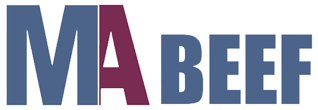
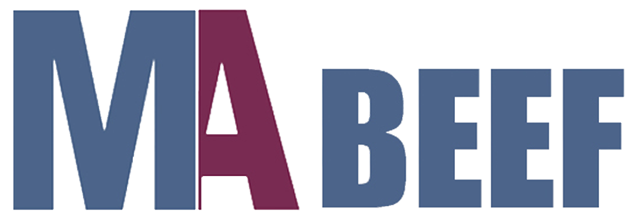
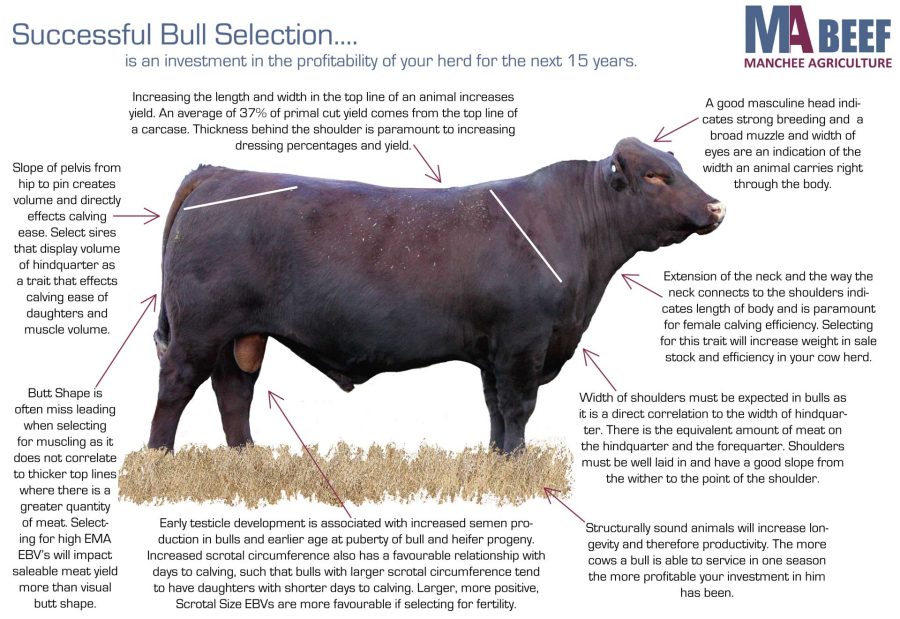
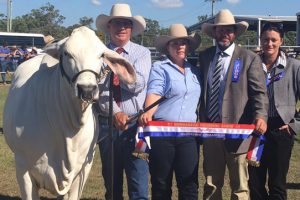
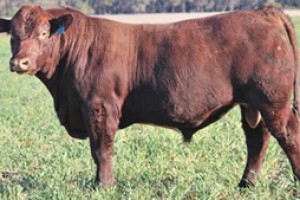
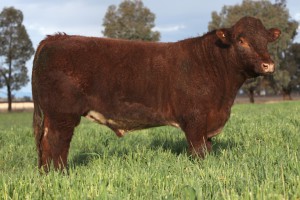






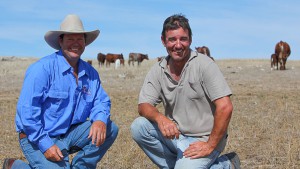
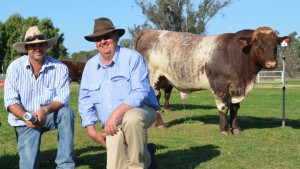
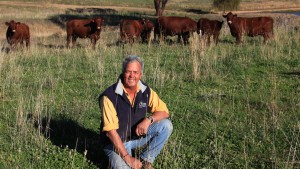
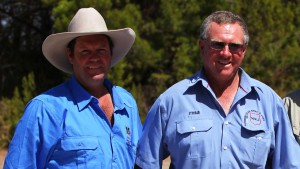 “Yamburgan cattle are cattle that com- bine performance and docility and are sought after by both lot feeders and grass finishers who consistently comment on the high percentage of the cattle that meet the highest specifications.”
“Yamburgan cattle are cattle that com- bine performance and docility and are sought after by both lot feeders and grass finishers who consistently comment on the high percentage of the cattle that meet the highest specifications.”